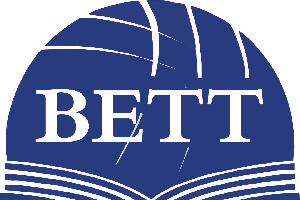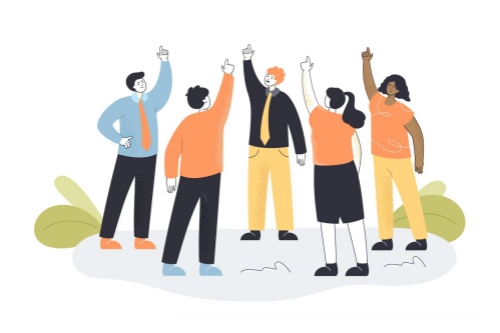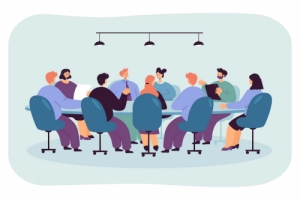Hello and welcome back to the Skills 360 podcast. I’m your host, Tim Simmons, and today, I want to talk about how to connect with your audience during a presentation.
You’ve probably heard all sorts of advice about delivering a good presentation. But at the end of the day, every single presentation strategy is designed for one thing: connecting with your audience. In fact, if you don’t connect with your audience, you might as well pack up your PowerPoint and head home. You need to build a bridge to send your message across. No bridge, no message. And don’t think you need to be an easy-going extrovert to connect with an audience. This is something that you can learn to do well.
Today, I want to focus on what you do before you actually take the stage. Yes, before you even lay eyes on your audience, you can start thinking about how to connect. You’ll need to do some thinking about your audience, and plan accordingly. Don’t put your information at the center of your presentation, put your audience at the center.
Think for a second about a presentation that you felt wasn’t up to snuff. What was wrong with it? Maybe the presenter told you things you already knew, or told you things you never really wanted to know in the first place. Or maybe he was just plain boring. Whatever the case, chances are that presenter didn’t put you, the audience member, at the center of his presentation. He put himself, or the information.
So, to avoid this blunder, find out who your audience will be. What’s their background? Are they similar to you? Do they work in the same job, company, or industry? What’s their level of knowledge? These are all questions you should keep in mind as you plan. Because what you say, and how you say it, is vastly different depending on your audience. Would you give the same presentation, for example, about your company’s history to a flock of eager college grads and to a small group of senior executives from a foreign company? Hopefully not.
Once you’ve got a handle on who you’ll be talking to, you can consider what they want, or need, to know. Put yourself in their shoes and ask “what would I expect out of this presentation?” Then design your presentation to satisfy those expectations. You might think this seems self-evident, but it’s not. In copywriting, there’s something called the Red Pen Rule. This rule says that once you’ve got what you think is tight and compelling text, take out your red pen and nix 30% of the words. Most presenters would be wise to follow this advice with the information they include. There’s usually 30% of a presentation that shouldn’t make the final cut. It’s that 30% of irrelevant stuff that can kill your connection with the audience.
Now, here’s another important consideration about content: don’t just give them the “what.” Give them the “why” and the “so what.” Presenters who focus on the “what” drone on about strategy X or sales figures for Y or new research on Z. But why do X, Y, and Z matter? And so what if they’re true? In other words, what are the implications of all this information? I’m talking here about giving context to what you’re saying. It has to fit into the big picture, or purpose.
Another way to connect with your audience is by working with people’s innate need for stories. We like information to be wrapped up in a narrative. Stories make information meaningful. You don’t have to just take my word on this. Chip and Dan Heath wrote a book called Made to Stick about why some ideas survive and others die. And yes, they’ll tell you that using “stories” is one of the best ways of making an idea sticky. In fact, ask any 21st-century business guru and they’ll tell you about the importance of story-telling.
All right, so you understand who you’ll be talking to, and you have a plan for a tight, compelling presentation that includes the “why” and the “so what” and tells a story. Now, it’s time to connect. And that starts when you arrive early for your presentation and start building rapport with people coming into the room as you set up.
Ask them questions to learn something about them. What do they do? What matters to them? What are they working on? What are their thoughts on the topic of the presentation? If you break the ice like this, even with just a few individuals, you’ll start out with allies in the room, and you’ll be less nervous. And the information you glean in this way is golden. You can find ways to tie it in with your presentation and really make your talk speak to people.
And that’s what we’ll look at next time: all the things you can do during your presentation that will help you make an even better connection.
That’s all for today. So long. And see you again soon.















